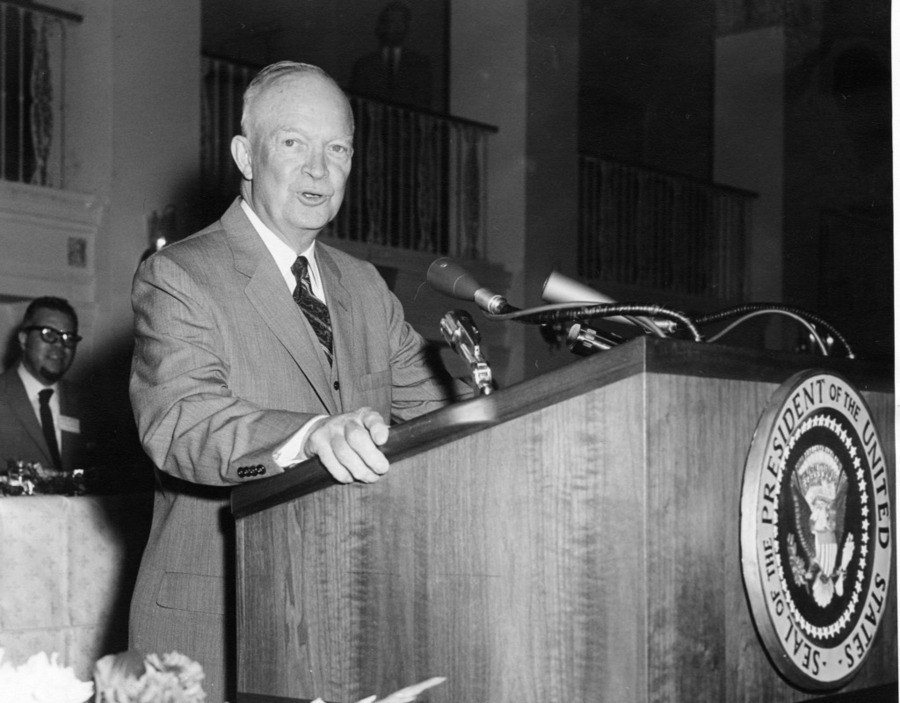NTSB Overturns ALJ Ruling in <em>Pirker</em> Drone Case
Robot-inclined folk probably already know the story of Rafael Pirker. In 2011 he flew his Ritewing Zephyr powered glider over the University of Virginia, while taking aerial photos; allegedly the aircraft also performed some dangerous, low-altitude maneuvers. This brought on Federal Aviation Administration ("FAA") enforcement and a $10,000 fine.
Published by The Lawfare Institute
in Cooperation With

Robot-inclined folk probably already know the story of Rafael Pirker. In 2011 he flew his Ritewing Zephyr powered glider over the University of Virginia, while taking aerial photos; allegedly the aircraft also performed some dangerous, low-altitude maneuvers. This brought on Federal Aviation Administration ("FAA") enforcement and a $10,000 fine. It was therefore quite a big deal when Pirker's lawyers later argued, and an Administrative Law Judge ("ALJ") agreed, that the FAA had overstepped---among other things because Pirker's drone did not count as an "aircraft" covered by safety regulations. Pirker had claimed instead that his machine counted as a "model aircraft," one subject to advisory FAA guidance; in Pirker's view, regulatory rules for "aircraft" applied to manned aircraft only.
But then came the FAA's appeal, and yesterday's opinion and order by the National Transportation Safety Board ("NTSB"). In essence, the NTSB overturns the ALJ's ruling, and calls for further proceedings below on the question of whether, in fact, Pirker flew the Zephyr in a reckless fashion. The text can found here (along with the ALJ's opinion), and concludes as follows:
This case calls upon us to ascertain a clear, reasonable definition of “aircraft” for purposes of the prohibition on careless and reckless operation in 14 C.F.R. § 91.13(a). We must look no further than the clear, unambiguous plain language of 49 U.S.C. § 40102(a)(6) and 14 C.F.R. § 1.1: an “aircraft” is any “device” “used for flight in the air.” This definition includes any aircraft, manned or unmanned, large or small. The prohibition on careless and reckless operation in § 91.13(a) applies with respect to the operation of any “aircraft” other than those subject to parts 101 and 103. We therefore remand to the law judge for a full factual hearing to determine whether respondent operated the aircraft “in a careless or reckless manner so as to endanger the life or property of another,” contrary to § 91.13(a).Important stuff, considering the FAA's long-running effort to write rules for domestic, unmanned flight.
Wells C. Bennett was Managing Editor of Lawfare and a Fellow in National Security Law at the Brookings Institution. Before coming to Brookings, he was an Associate at Arnold & Porter LLP.





